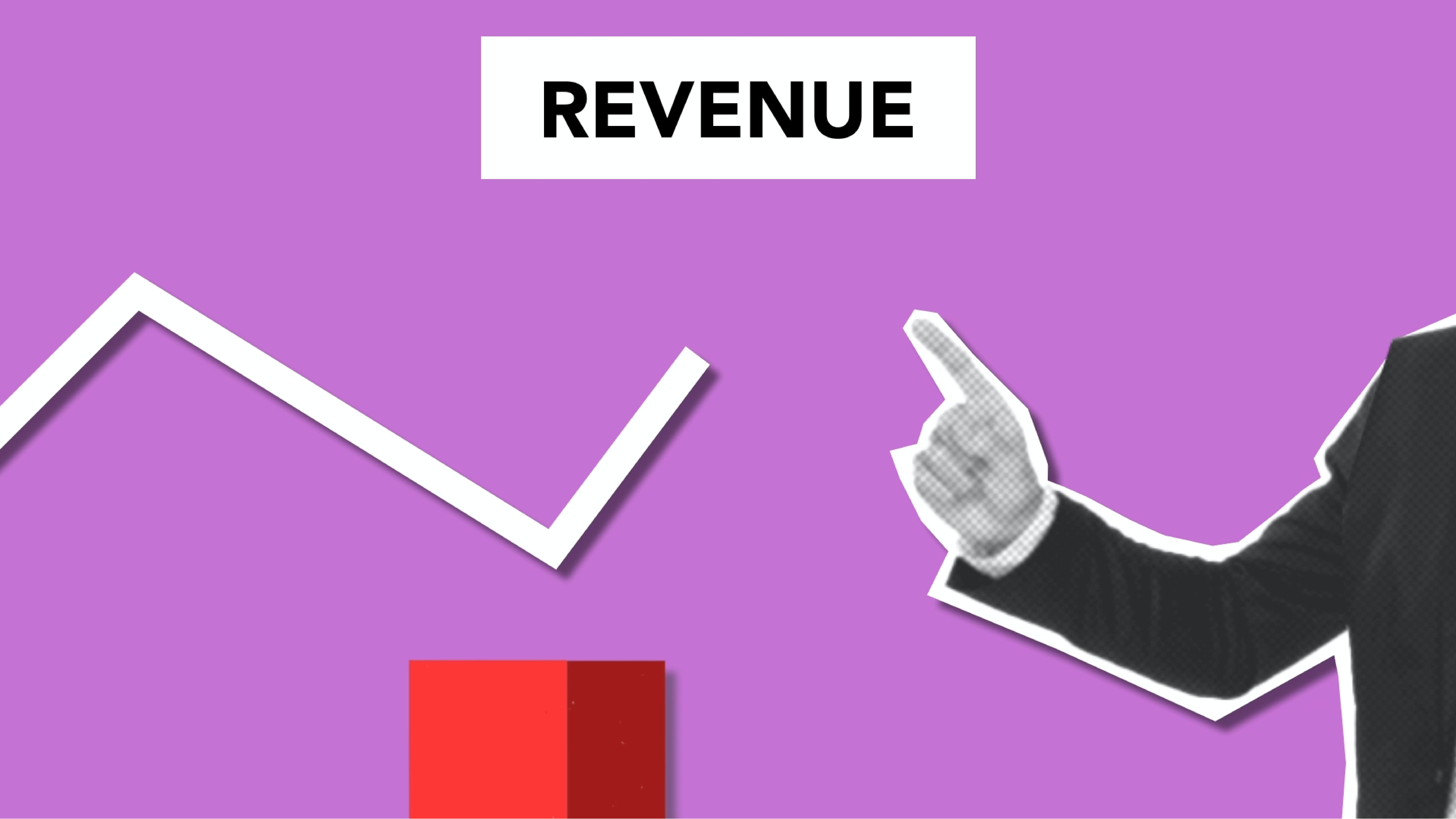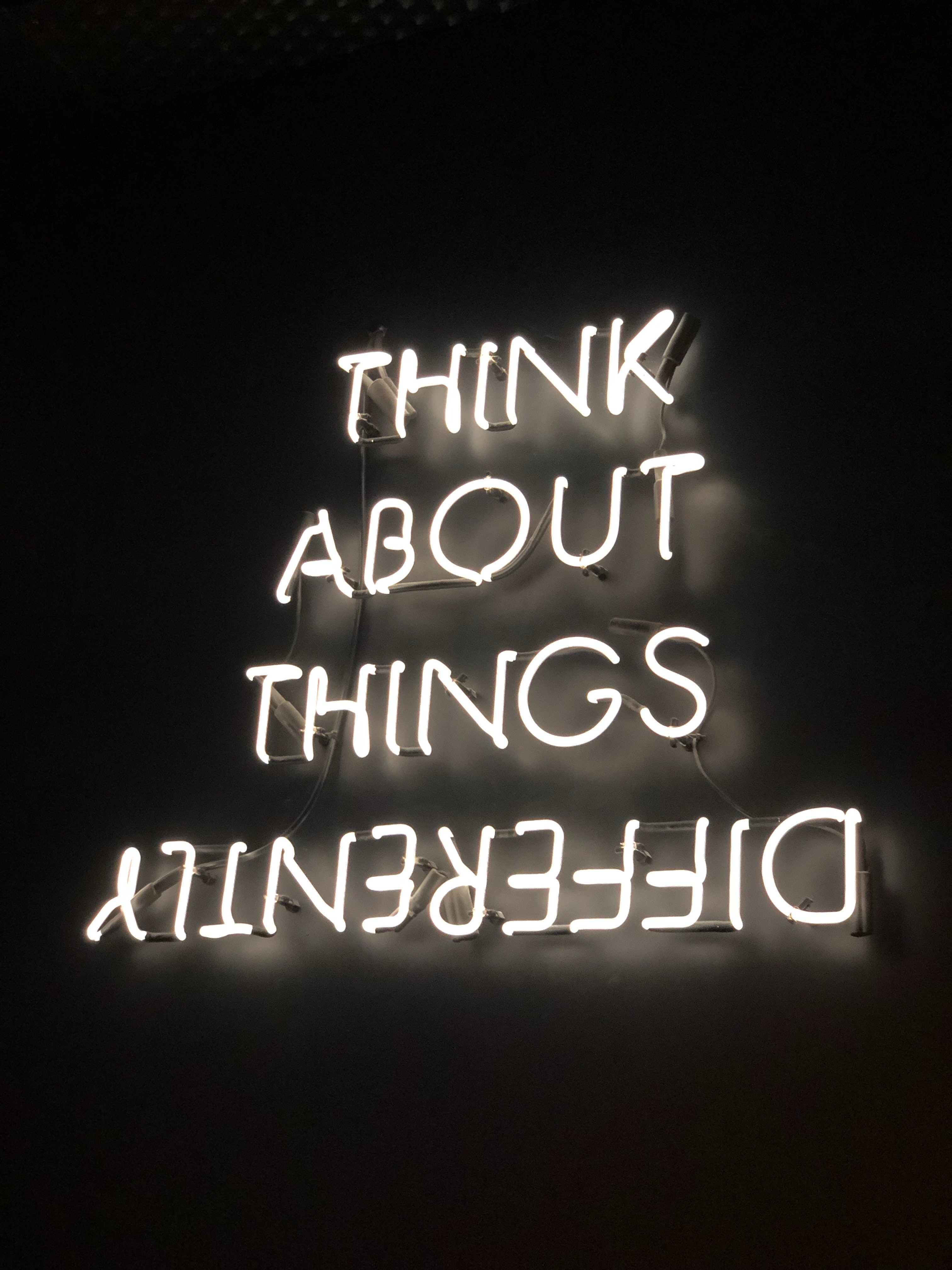
When we think of inclusive design, search results tell the industry to associate inclusive design with product accessibility and users with disabilities or other impairments, but what if this type of thinking is what is truly limiting the impact and role of inclusive design in product development?
The association promotes the notion that if we design for those whose physical or mental conditions are different than us, then we can better design for everyone because everyone experiences moments of even situational or temporary disability. Some examples of situation disabilities include the inability of a mother to reach for something with her arms when she is breastfeeding, or the inability for wait staff to hear alerts from an electronic device because noise levels inside the restaurant are too high. It projects that by designing for these use cases, we ensure more people can take advantage of the experiences each product brings to life.
I recently met with Fanny Krivoy, creative director of Studio Analogous, who has been specializing in making inclusion a priority in work with all her clients. Their portfolio truly showcases how designing for inclusion is not only about making it possible for users with disabilities or impairments to use all types of products but also about making products designed for these users also easy to access by caretakers and other professionals within the same product-user ecosystem, which is a common challenge for products designed for differently-abled children. Product managers and product designers should consider access, adoption, and product interaction for everyone in the product-user ecosystem for a truly inclusive product. Krivoy also works with organizations that focus on workplace and lifestyle inclusion, collaborating with organizations like Amazing Community, whose mission is to help amazing women ages 50+ re-enter, pivot, and remain in the workforce, showing us that there are many more ways to think about the problems of exclusion beyond traditional accessibility metrics.
Inclusive UX Research
Key Lime’s work supporting research with activists, investigative journalists, and human rights defenders around the globe, also shows that inclusion is not only about designing our products for all types of people, but also about designing for all types of social, geopolitical, and physical contexts. For example, an inclusive digital product that helps to keep your identity safe online should help keep your identity safe online regardless of whether you are in India, Kenya, or the United Kingdom. Inclusive product thinking is when a product honors and addresses all the critical contexts and product-situation intersections in which its users might find themselves in.
The British Standards Institute (2005) defines inclusive design as: 'The design of mainstream products and/or services that are accessible to, and usable by, as many people as reasonably possible ... without the need for special adaptation or specialized design.'
Inclusive UX Design
It’s worth revisiting the origins of inclusive design to ensure that we never reduce the scope of our work to serve any one type of people, context, or happy path. Having the right dialogue within the workplace around the product also helps to reinforce inclusive thinking. Avoid language like “edge cases” that imply certain scenarios are few and far between and shouldn’t be given as much attention, or that people who experience these “edge cases” are less important to the company. Striving for a truly inclusive product means there are no “edge cases”, only another use case to be thoughtfully prioritized against the company’s mission and the team’s resources. Using neutral language helps to avoid unintentional bias when talking about use cases.
At Key Lime, we encourage companies and product teams to think about inclusion holistically in product development, where accessibility is only one piece of a larger whole.
Check out the first part of this series: Inclusivity and UXR Part 1: Revising Survey Screeners.
READ MORE: Should Researchers and Designers Sign their Own Hippocratic Oath?, Happy World Usability Day!, Facial Recognition Technology and Racial Biases, Tips for More Effective Design Thinking Leadership










Comments
Add Comment